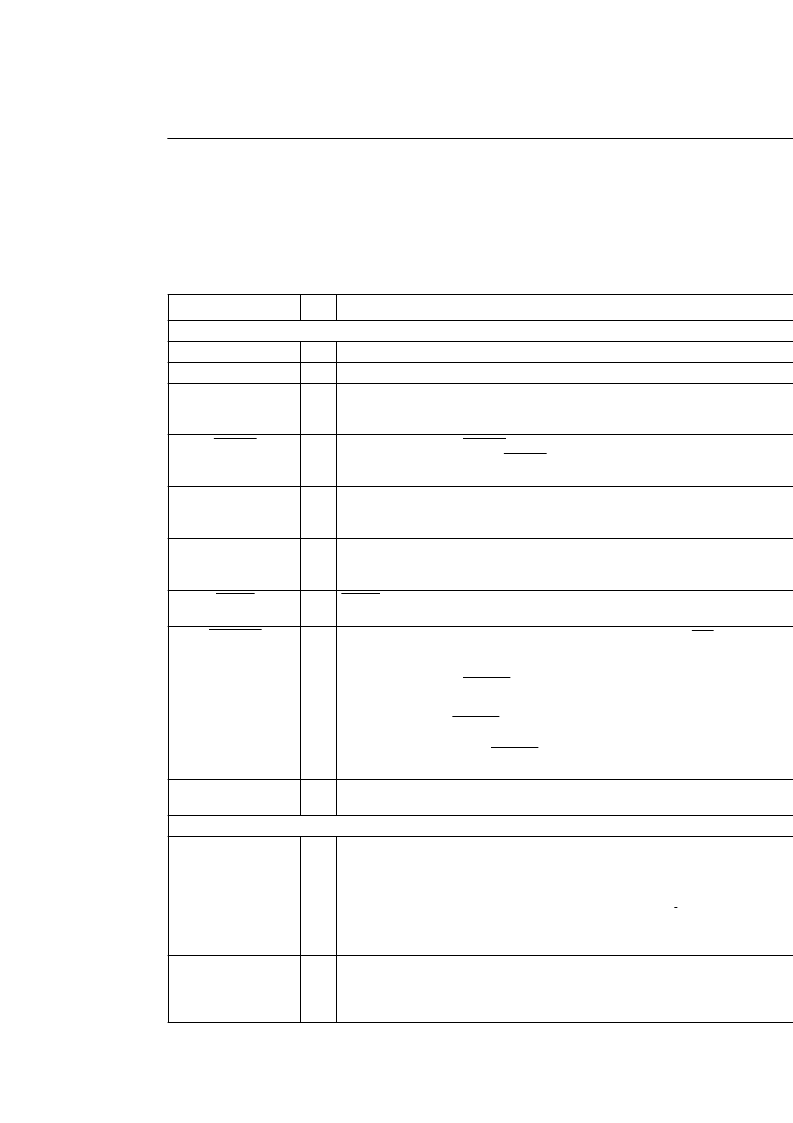- 您現(xiàn)在的位置:買賣IC網(wǎng) > PDF目錄383723 > OR2T40B (Lattice Semiconductor Corporation) Field-Programmable Gate Arrays PDF資料下載
參數(shù)資料
| 型號: | OR2T40B |
| 廠商: | Lattice Semiconductor Corporation |
| 元件分類: | FPGA |
| 英文描述: | Field-Programmable Gate Arrays |
| 中文描述: | 現(xiàn)場可編程門陣列 |
| 文件頁數(shù): | 66/192頁 |
| 文件大?。?/td> | 935K |
| 代理商: | OR2T40B |
第1頁第2頁第3頁第4頁第5頁第6頁第7頁第8頁第9頁第10頁第11頁第12頁第13頁第14頁第15頁第16頁第17頁第18頁第19頁第20頁第21頁第22頁第23頁第24頁第25頁第26頁第27頁第28頁第29頁第30頁第31頁第32頁第33頁第34頁第35頁第36頁第37頁第38頁第39頁第40頁第41頁第42頁第43頁第44頁第45頁第46頁第47頁第48頁第49頁第50頁第51頁第52頁第53頁第54頁第55頁第56頁第57頁第58頁第59頁第60頁第61頁第62頁第63頁第64頁第65頁當前第66頁第67頁第68頁第69頁第70頁第71頁第72頁第73頁第74頁第75頁第76頁第77頁第78頁第79頁第80頁第81頁第82頁第83頁第84頁第85頁第86頁第87頁第88頁第89頁第90頁第91頁第92頁第93頁第94頁第95頁第96頁第97頁第98頁第99頁第100頁第101頁第102頁第103頁第104頁第105頁第106頁第107頁第108頁第109頁第110頁第111頁第112頁第113頁第114頁第115頁第116頁第117頁第118頁第119頁第120頁第121頁第122頁第123頁第124頁第125頁第126頁第127頁第128頁第129頁第130頁第131頁第132頁第133頁第134頁第135頁第136頁第137頁第138頁第139頁第140頁第141頁第142頁第143頁第144頁第145頁第146頁第147頁第148頁第149頁第150頁第151頁第152頁第153頁第154頁第155頁第156頁第157頁第158頁第159頁第160頁第161頁第162頁第163頁第164頁第165頁第166頁第167頁第168頁第169頁第170頁第171頁第172頁第173頁第174頁第175頁第176頁第177頁第178頁第179頁第180頁第181頁第182頁第183頁第184頁第185頁第186頁第187頁第188頁第189頁第190頁第191頁第192頁

Data Sheet
January 2002
ORCA
Series 2 FPGAs
66
Lattice Semiconductor
Pin Information
Pin Descriptions
This section describes the pins found on the Series 2 FPGAs. Any pin not described in this table is a user-program-
mable I/O. During con
fi
guration, the user-programmable I/Os are 3-stated with an internal pull-up resistor enabled.
Table 17. Pin Descriptions
Symbol
I/O
Description
Dedicated Pins
V
DD
GND
I/O-V
DD
5
—
—
—
Positive power supply.
Ground supply.
5 V tolerant select. (For 2TxxA only.) All V
DD
5 pins must be tied to either the 5 V power
supply if 5 V tolerant I/O buffers are to be used, or to the 3.3 V power supply (V
DD
) if
they are not. For 2CxxA and 2TxxB devices, these pins are user-programmable I/Os.
During con
fi
guration, RESET forces the restart of con
fi
guration and a pull-up is
enabled. After con
fi
guration, RESET can be used as a general FPGA input or as a
direct input, which causes all PLC latches/FFs to be asynchronously set/reset.
In the master and asynchronous peripheral modes, CCLK is an output which strobes
con
fi
guration data in. In the slave or synchronous peripheral mode, CCLK is input syn-
chronous with the data on DIN or D[7:0].
DONE is a bidirectional pin with an optional pull-up resistor. As an active-high, open-
drain output, a high-level on this signal indicates that con
fi
guration is complete. As an
input, a low level on DONE delays FPGA start-up after con
fi
guration*.
PRGM is an active-low input that forces the restart of con
fi
guration and resets the
boundary-scan circuitry. This pin always has an active pull-up.
This pin must be held high during device initialization until the
INIT
pin goes high.
RESET
I
CCLK
I
DONE
I/O
PRGM
I
RD_CFG
I
This pin always has an active pullup.
During con
fi
guration,
RD_CFG
is an active-low input that activates the TS_ALL function
and 3-states all of the I/O.
After con
fi
guration,
RD_CFG
can be selected (via a bit stream option) to activate the
TS_ALL function as described above, or, if readback is enabled via a bit stream option,
a high-to-low transition on
RD_CFG
will initiate readback of the con
fi
guration data,
including PFU output states, starting with frame address 0.
RD_DATA/TDO is a dual-function pin. If used for readback, RD_DATA provides con gu-
ration data out. If used in boundary scan, TDO is test data out.
Special-Purpose Pins (Become User I/O After Configuration)
RDY/RCLK
O
During con
fi
guration in peripheral mode, RDY indicates another byte can be written to
the FPGA. If a read operation is done when the device is selected, the same status is
also available on D7 in asynchronous peripheral mode. After con
fi
guration, the pin is a
user-programmable I/O*.
During the master parallel con
fi
guration mode RCLK, which is a read output signal to an
external memory. This output is not normally used. After con
fi
guration, this pin is a user-
programmable I/O pin*.
DIN
I
During slave serial or master serial con
fi
guration modes, DIN accepts serial con
fi
gura-
tion data synchronous with CCLK. During parallel con
fi
guration modes, DIN is the D0
input. During con
fi
guration, a pull-up is enabled, and after con
fi
guration, this pin is a
user-programmable I/O pin*.
RD_DATA/TDO
O
* The FPGA States of Operation section contains more information on how to control these signals during start-up. The timing of DONE
release is controlled by one set of bit stream options, and the timing of the simultaneous release of all other con
fi
guration pins (and the acti-
vation of all user I/Os) is controlled by a second set of options.
相關PDF資料 |
PDF描述 |
|---|---|
| OR2 | 2-input OR gate with 1x drive strength |
| OR3LP26B | Field-Programmable System Chip (FPSC) Embedded Master/Target PCI Interface |
| OR3TP12-6BA256 | Single 2.3V 10 MHz OP w/ CS, I temp, -40C to +85C, 8-TSSOP, T/R |
| OR3TP12-6BA256I | Single 2.3V 10 MHZ OP, -40C to +125C, 14-SOIC 150mil, TUBE |
| OR3TP12-6BA352 | Quad 2.3V 10 MHz OP, I temp, -40C to +85C, 14-PDIP, TUBE |
相關代理商/技術參數(shù) |
參數(shù)描述 |
|---|---|
| OR2T40B7BA352-DB | 功能描述:FPGA - 現(xiàn)場可編程門陣列 Use ECP/EC or XP RoHS:否 制造商:Altera Corporation 系列:Cyclone V E 柵極數(shù)量: 邏輯塊數(shù)量:943 內嵌式塊RAM - EBR:1956 kbit 輸入/輸出端數(shù)量:128 最大工作頻率:800 MHz 工作電源電壓:1.1 V 最大工作溫度:+ 70 C 安裝風格:SMD/SMT 封裝 / 箱體:FBGA-256 |
| OR2T40B7BA352I-DB | 功能描述:FPGA - 現(xiàn)場可編程門陣列 Use ECP/EC or XP RoHS:否 制造商:Altera Corporation 系列:Cyclone V E 柵極數(shù)量: 邏輯塊數(shù)量:943 內嵌式塊RAM - EBR:1956 kbit 輸入/輸出端數(shù)量:128 最大工作頻率:800 MHz 工作電源電壓:1.1 V 最大工作溫度:+ 70 C 安裝風格:SMD/SMT 封裝 / 箱體:FBGA-256 |
| OR2T40B7BC352-DB | 制造商:Rochester Electronics LLC 功能描述:- Bulk |
| OR2T40B7BC432-DB | 功能描述:FPGA - 現(xiàn)場可編程門陣列 Use ECP/EC or XP RoHS:否 制造商:Altera Corporation 系列:Cyclone V E 柵極數(shù)量: 邏輯塊數(shù)量:943 內嵌式塊RAM - EBR:1956 kbit 輸入/輸出端數(shù)量:128 最大工作頻率:800 MHz 工作電源電壓:1.1 V 最大工作溫度:+ 70 C 安裝風格:SMD/SMT 封裝 / 箱體:FBGA-256 |
| OR2T40B7BC432I-DB | 功能描述:FPGA - 現(xiàn)場可編程門陣列 Use ECP/EC or XP RoHS:否 制造商:Altera Corporation 系列:Cyclone V E 柵極數(shù)量: 邏輯塊數(shù)量:943 內嵌式塊RAM - EBR:1956 kbit 輸入/輸出端數(shù)量:128 最大工作頻率:800 MHz 工作電源電壓:1.1 V 最大工作溫度:+ 70 C 安裝風格:SMD/SMT 封裝 / 箱體:FBGA-256 |
發(fā)布緊急采購,3分鐘左右您將得到回復。